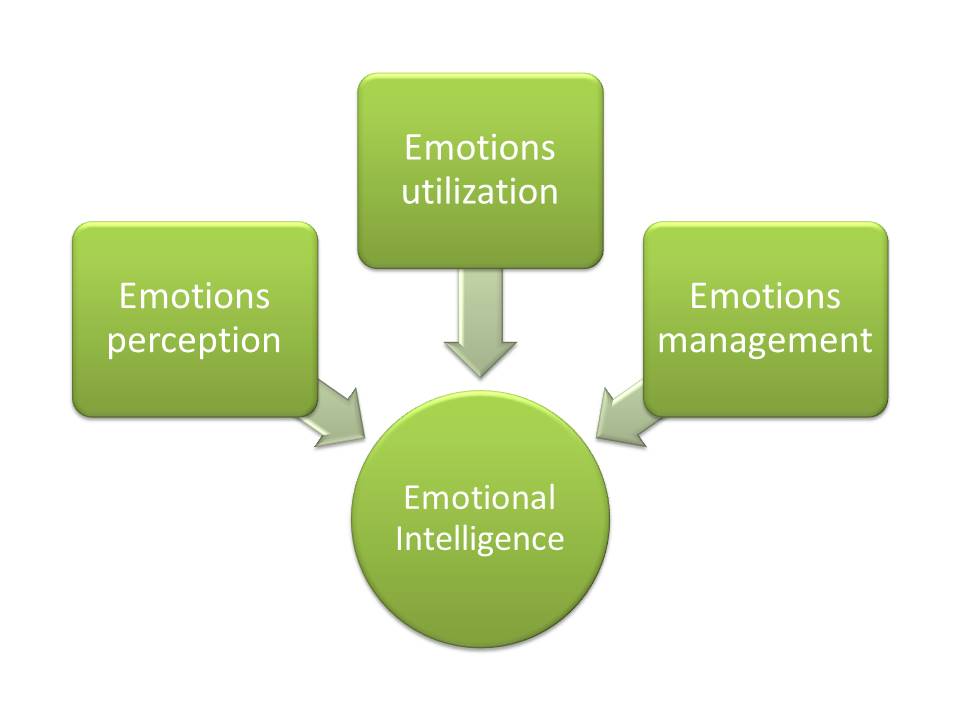The Schutte Self-Report Emotional Intelligence Test (SSEIT) is an emotional intelligence assessment that measures your general emotional intelligence level.
Emotional Intelligence is key to self-understanding and understanding the people in your life. Emotional Intelligence is a broad term that encompasses a set of personal and interpersonal skills.
According to Daniel Goleman, author of the widely acclaimed book Emotional Intelligence, self-awareness, self-regulation, empathy, motivation, and social skills are different ways in which emotional intelligence can manifest in our day-to-day lives.
To put it simply, emotional intelligence is the ability to understand your emotions, the emotions of those you interact with, and use this understanding to make better decisions.
Fortunately, emotional intelligence can be learned. If you score low on this test, that’s not the end of that. Understanding nonverbal communication and how emotions work can be great places for you to kick start developing your emotional intelligence.
Taking the Emotional Intelligence assessment
This test measures your emotional intelligence on four aspects- your ability to perceive, utilize, and manage your emotions and the emotions of people you interact with.

The test consists of 33 items and you have to choose one option on a 5-point scale ranging from ‘Disagree strongly’ to ‘Agree strongly’. The test takes less than 5 minutes to complete. Your personal information won’t be taken and your results will be kept confidential.
Reference:
Hall, L. E., Haggerty, D. J., Cooper, J. T., Golden, C. J., & Dornheim, L. (1998). Development and validation of a measure of emotional intelligence. Personality and individual differences, 25, 167-177.


